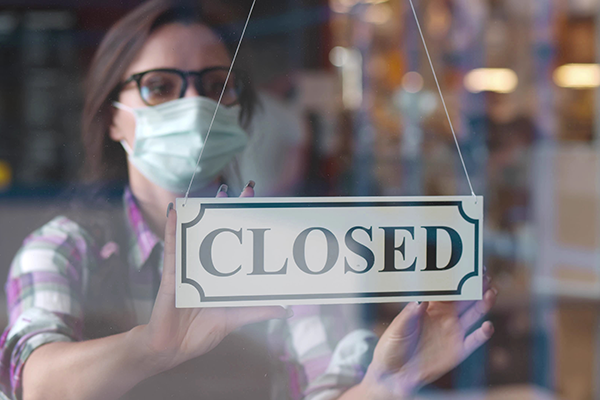
Working from home has long been thought of as a wished-for fantasy dreamed of by many before the pandemic. When their “wish” came true thanks to COVID-19, the “reality experience” for some new work-from-homers (WFH-ers) has proven a bit different than what they’d originally envisioned. Crammed corner-bedroom “cubicles” and back-breaking kitchen counter setups, with piles of clothes making for less-than-ideal background décor wasn’t how the “luxury” of WFH was imagined – not to mention the difficulties of trying to focus on work with a house full of people while universities and schools have online classes, all held in the bedroom next door! And don’t forget the dog(s) or the cat(s) who can’t believe their good fortune to have you at home all day. Play time!
While many office spaces are remaining closed to protect their workers, some of the newbie WFH-ers have adapted and gotten better at negotiating their workspaces and their time management, and sharing their work environments with familial colleagues – human or otherwise. But their unmet needs for some peace and quiet or more comfortable setups have not gone unnoticed by some other adapters.
Some hotels, looking for new revenue streams to offset the unprecedented reductions in bookings they’ve faced since the pandemic began, have pivoted from trying to fill hotel rooms with tourists and corporate travelers; they are now targeting locals by offering “Work From Hotel” stays. Ranging from by-the-day prices to luxury work retreats, hotels are picking up the customers where office spaces left off.
HotelsByDay.com, an online platform for day use hotel rooms was launched in 2015. Pre-pandemic, their mix was leisure guests (50%), airport layover travelers (30%) and the rest for business use. “Almost all the layover business is gone,” said CEO Yannis Moati in a story by Judy Maxwell for Long Live Lodging in October 2020, but “We’ve witnessed a surge of ‘work from hotel’ bookings — from 12% pre-pandemic, to over 30% of our bookings now.” HotelsbyDay’s business was down 82% in April. In September it was down by 26% compared to pre-pandemic traffic. “So we are climbing ourselves back up from that hole.” HotelsByDay, and the properties who are pivoting in this direction, are finding growth in a once niche market.
Maybe even more interesting in this new dynamic is that the day-guest demographic, as Moati notes, in “hyper local” with more than 60 percent coming from less than 25 miles away. The trend is “suddenly opening the door of that hotel to a much larger audience than ever before,” Moati said. This could be a real opportunity for hotels to build a loyal, repeat customer base. Some of the recognizable hotel brands jumping into the new market include:
- Hilton Hotels with WorkSpace by Hilton
- Hyatt Hotels with Work From Hyatt
- Hamilton Hotel, DC
- MGM Resorts and Suites Las Vegas
The hotels leading the Work-From-Hotel charge are offering a host of other perks along with a clean, cool or warm space with a real desk and often a better view than your next-door neighbor’s garage. Significantly reduced rates, free WiFi, free bottled water, discounts on food and beverage, flexible check-in and out hours, and more are on their new menu of amenities.
Now it seems the busy executive has gone from frequent flyer to frequent hotel guest. Will the hotel industry be able to keep these customers, or will they be fleeing when life returns back to “normal”? Maybe if companies decide to keep their major business hubs closed or reduced to smaller pandemic-level size in favor of maintaining their remote workforce, can hotels and other venues turn this development into long-term group rooms situations, where the companies find it more economical to book work day rooms and gather employees in hotels versus their own expensive-to-run offices? Could this become part of the regeneration of city centers damaged by the C-19 effect?
So, trend or fad? What do you think?
RESOURCES
Longlivelodging.com – 290 day-cations hotels turn guest rooms into private office spaces.


